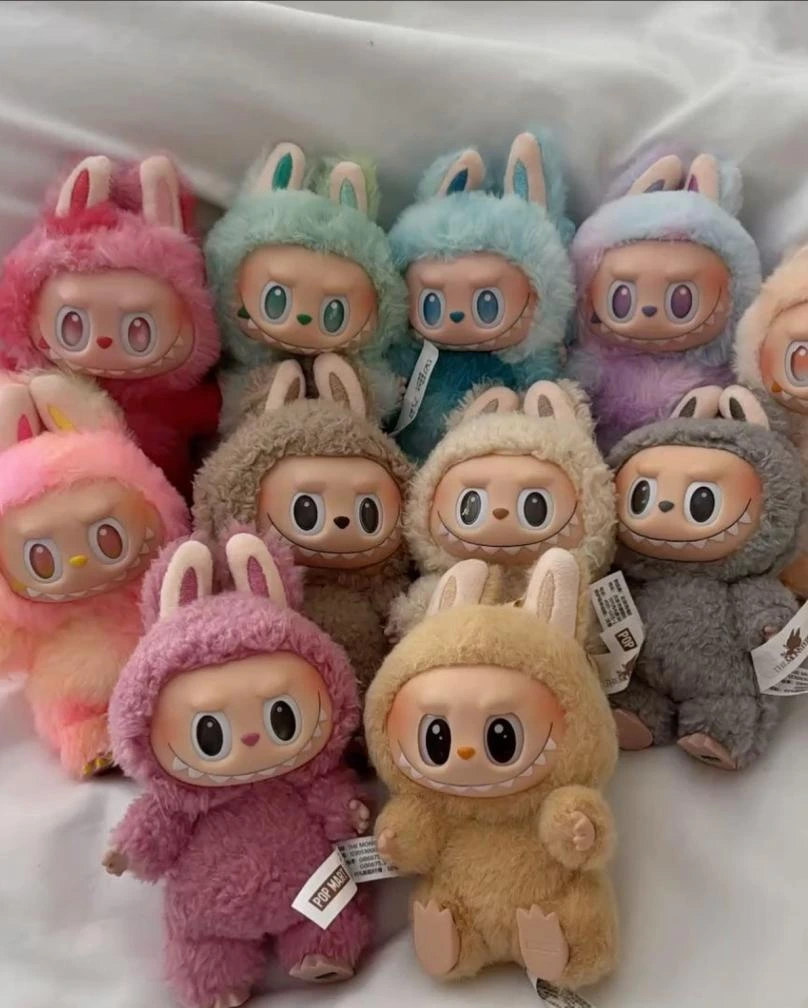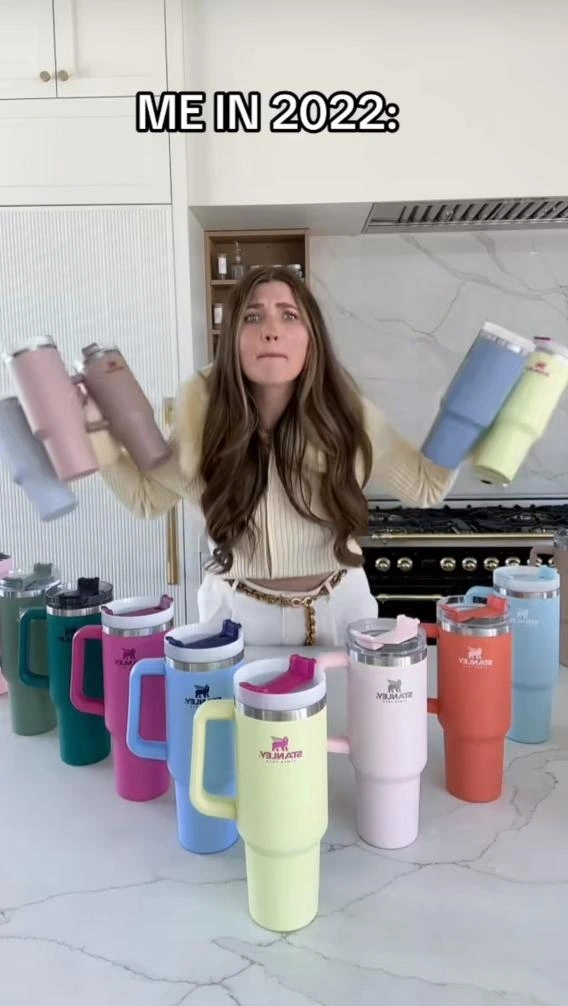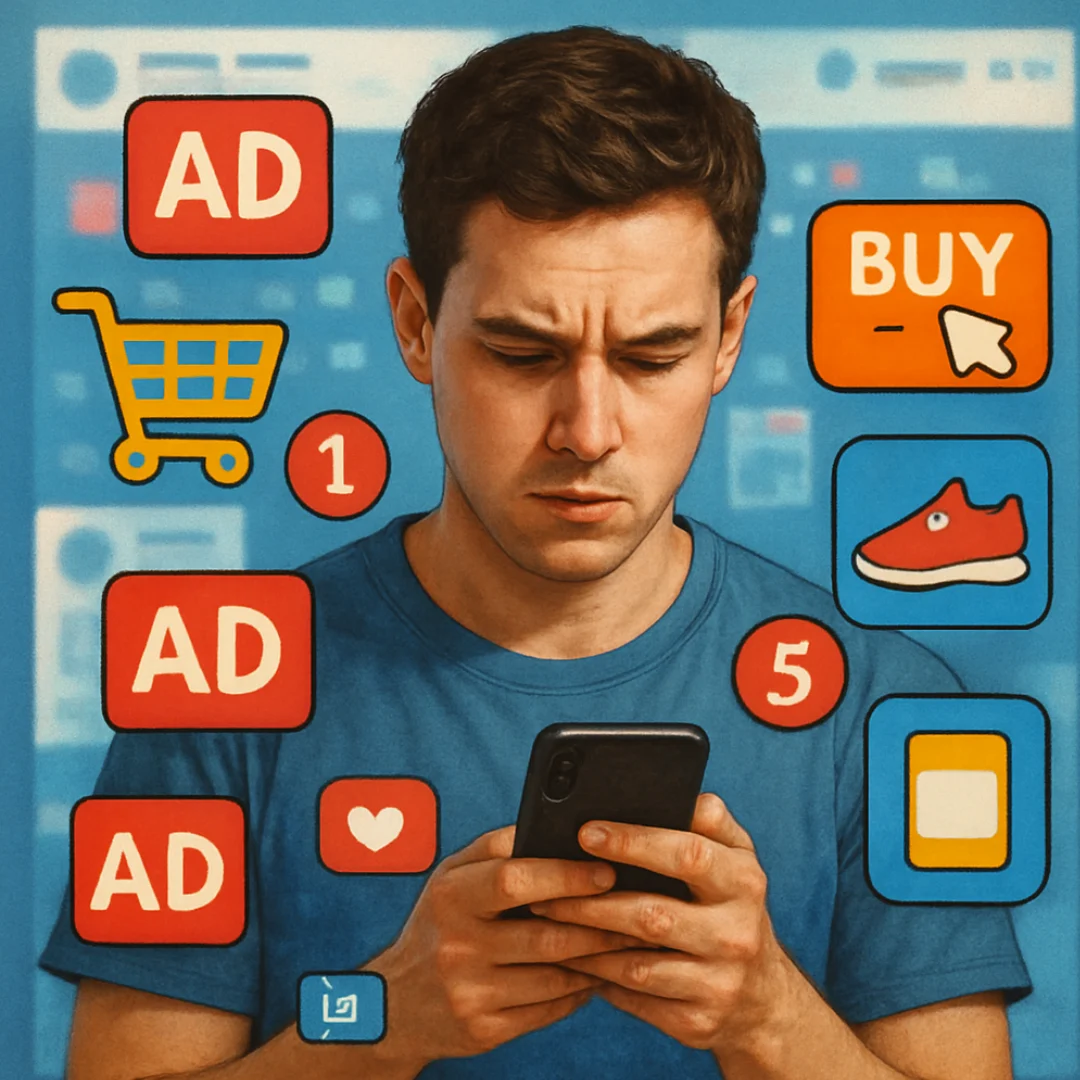Scroll for five minutes on TikTok, and you’ll likely hear it: “You NEED to
try this!” or “Get it before it’s sold out!” From Stanley cups to Labubus
plush toys, from Drunk Elephant serums to Byoma skincare, entire product
categories have exploded overnight thanks to TikTok viral videos.
When nearly every post online is an advertisement, it’s hard to resist the urge to splurge.
Hyperconsumerism is “the consumption of goods beyond one's necessities and the associated significant pressure to consume those goods, exerted by social media and other outlets as those goods are perceived to shape one's identity.”
Hyperconsumerism isn’t new, but social media has boosted it. Platforms like TikTok, Instagram, and YouTube have blurred the line between content and advertising.
Pop Mart, the Chinese company behind Labubu toys, saw profits soar by nearly 400% in just six months as the “ugly-cute” dolls became a global sensation, thanks to celebrity fans and intense demand - as reported by Sky News.

With it’s mischievous grin, Labubu, from Kasing Lung’s The Monsters toy line, has won fans ranging from David Beckham to Rihanna and Paris Hilton.
Whether it’s a £7 matcha latte from a viral cafe, the latest “must have” lip gloss, or a new clothing drop from a brand that seems to release something every week, the pressure is constant.
Instagrammable drinks have always been popular, but with coffee chains jumping on the trend of matcha combinations with flavoured foams, the green drink is everywhere.
Traditionally, matcha is the product of a centuries old, highly specialised process. It’s grassy flavour is now masked by sugary syrups, creating vibrant photos that flood Instagram feeds.

But virality has consequences. Demand is outpacing supply. Matcha
production nearly tripled between 2010 and 2023, but
Japan’s agricultural ministry
still can’t keep up.
This is a perfect example of how online trends aren’t just aesthetic. They
can disrupt global agriculture, inflate prices, and even risk cultural
traditions.
Once a niche camping product, it became the must have accessory after
going viral on TikTok.
Hashtags like #StanleyTumbler now rack up hundreds of millions of views. With everyone jumping on the trend, people posted their enormous collections of stanley cups with a mixture of reactions within the comment section.
Some praised their collection, whilst others were repulsed by the unnecessary amount and how overconsumption is becoming too normalised online. Nobody really needs over 40 Stanley cups.

Limited-edition “drops” and Starbucks collabs fuel false scarcity and collector culture. This isn’t about hydration anymore. It’s about identity, belonging, and being “in” on the trend.
Influencers know the game: “They’re selling out fast!” and "Run, don't walk!" creators warn.But often, products aren’t really scarce. The rush is psychological. The algorithm convinces you that you need it now before logic kicks in.
Labubus toys are a recent example sold in blind boxes, designed to keep you buying until you collect them all. It’s a formula built on engineered scarcity and fear of missing out.
Perhaps the most unsettling side of hyperconsumerism is how young it starts. If you walk into Sephora or SpaceNK, and you’ll see 9 year olds chasing viral products.
Drunk Elephant serums, Dior lip oils, Glow Recipe moisturisers, each
costing around £30-£60, all fly off the shelves.
Dermatologists are warning
young children that these products can harm developing skin, but kids
aren’t buying them for results. They’re buying into an aesthetic
lifestyle, mimicking influencers just a few years older than them.
Stores report shelves cleared not by women stockpiling, but by preteens
spending birthday money and parents’ credit cards. Beauty counters now
look more like fan meetups than shops.
This is the next generation learning that belonging comes through buying,
not being.
According to a
Bankrate survey, the
average impulse shopper spends around $754 a year on unplanned purchases,
and more than half regret at least one of them.
This isn’t just quirky spending, it adds up. For many, it risks debt,
stress, and even financial collapse if consumption patterns spiral,
especially among young adults who overspend chasing viral trends in hopes
that they could go viral posting about their possessions.
Often these cheaply made, overpriced aesthetic products built for
Instagram, not longevity, often end up in landfills.
Social media makes consumption feel like a community. Trying the same latte or wearing the same hoodie as your favorite influencer becomes a way to belong. But the financial, cultural, and environmental costs are mounting, and it's becoming harder to follow along with these constant trends. Overconsumption online is now becoming a topic of conversation however, many are still disillusioned into believing these items are necessities.
Trends fade, algorithms shift, and that “must have” product will probably end up at the back of a drawer or feel like an unnecessary purchase. But maybe the real trend worth embracing isn’t the latest drop or viral drink. It’s intentional, mindful consumption choosing what we truly value, not what an algorithm tells us we need.
 Natalie Durkin
Natalie Durkin